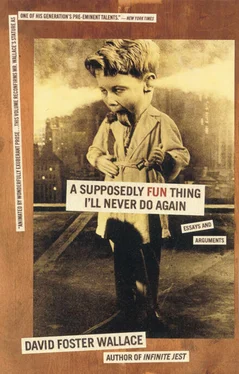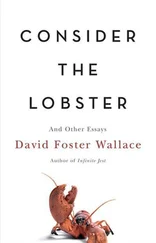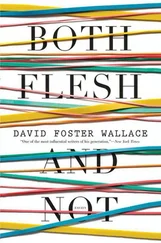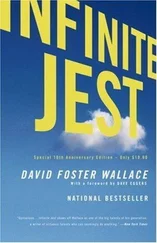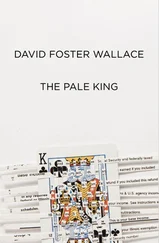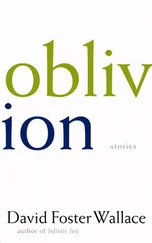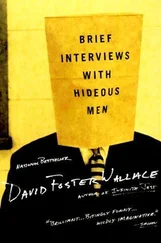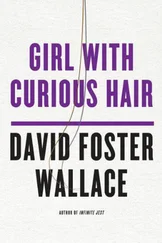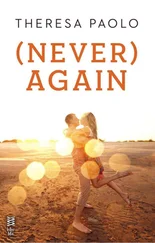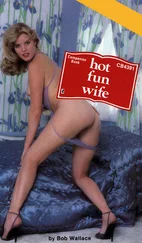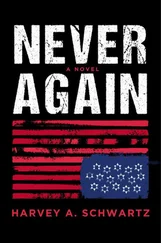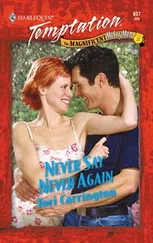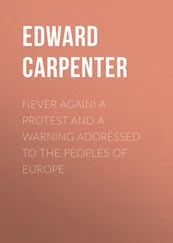And then Twin Peaks: Fire Walk with Me , Lynch’s theatrical “prequel” to the TV series, and his biggest box-office bomb since Dune , committed a much worse offense. It sought to transform Laura Palmer from dramatic object to dramatic subject. As a dead person, Laura’s existence on the television show had been entirely verbal, and it was fairly easy to conceive her as a schizoid black/white construct — Good by Day, Naughty by Night, etc. But the movie, in which Ms. Sheryl Lee as Laura is on-screen more or less constantly, attempts to present this multivalent system of objectified personas — plaid-skirted coed/bare-breasted roadhouse slut/tormented exorcism-candidate/molested daughter — as an integrated and living whole: these different identities were all, the movie tried to claim, the same person. In Fire Walk with Me , Laura was no longer “an enigma” or “the password to an inner sanctum of horror.” She now embodied, in full view, all the Dark Secrets that on the series had been the stuff of significant glances and delicious whispers.
This transformation of Laura from object/occasion to subject/person was actually the most morally ambitious thing a Lynch movie has ever tried to do — maybe an impossible thing, given the psychological context of the series and the fact that you had to be familiar with the series to make even marginal sense of the movie — and it required complex and contradictory and probably impossible things from Ms. Lee, who in my opinion deserved an Oscar nomination just for showing up and trying.
The novelist Steve Erickson, in a 1992 review of Fire Walk with Me , is one of the few critics who gave any indication of even trying to understand what the movie was trying to do: “We always knew Laura was a wild girl, the homecoming femme fatale who was crazy for cocaine and fucked roadhouse drunks less for the money than the sheer depravity of it, but the movie is finally not so much interested in the titillation of that depravity as [in] her torment, depicted in a performance by Sheryl Lee so vixenish and demonic it’s hard to know whether it’s terrible or a tour de force. [But not trying too terribly hard, because now watch: ] Her fit of the giggles over the body of a man whose head has just been blown off might be an act of innocence or damnation [get ready: ] or both.” Or both? Of course both. This is what Lynch is about in this movie: both innocence and damnation; both sinned-against and sinning. Laura Palmer in Fire Walk with Me is both “good” and “bad,” and yet also neither: she’s complex, contradictory, real. And we hate this possibility in movies; we hate this “ both ” shit. “ Both ” comes off as sloppy characterization, muddy filmmaking, lack of focus. At any rate that’s what we criticized Fire Walk with Me ’s Laura for. 61But I submit that the real reason we criticized and disliked Lynch’s Laura’s muddy bothness is that it required of us an empathetic confrontation with the exact same muddy bothness in ourselves and our intimates that makes the real world of moral selves so tense and uncomfortable, a bothness we go to the movies to get a couple hours’ fucking relief from. A movie that requires that these features of ourselves and the world not be dreamed away or judged away or massaged away but acknowledged , and not just acknowledged but drawn upon in our emotional relationship to the heroine herself — this movie is going to make us feel uncomfortable, pissed off; we’re going to feel, in Premiere magazine’s own head editor’s word, “Betrayed.”
I am not suggesting that Lynch entirely succeeded at the project he set for himself in Fire Walk with Me . (He didn’t.) What I am suggesting is that the withering critical reception the movie received (this movie, whose director’s previous film had won the Palme d’Or, was booed at the 1992 Cannes Film Festival) had less to do with its failing in the project than with its attempting it at all. And I am suggesting that if Lost Highway gets similarly savaged — or, worse, ignored — by the American art-assessment machine of which Premiere magazine is a wonderful working part, you might want to keep all this in mind.
1995
tennis player Michael Joyce’s professional artistry as a paradigm of certain stuff about choice, freedom, limitation, joy, grotesquerie, and human completeness
When Michael Joyce of Los Angeles serves, when he tosses the ball and his face rises to track it, it looks like he’s smiling, but he’s not really smiling — his face’s circumoral muscles are straining with the rest of his body to reach the ball at the top of the toss’s rise. He wants to hit it fully extended and slightly out in front of him; he wants to be able to hit emphatically down on the ball, to generate enough pace to avoid an ambitious return from his opponent. Right now it’s 1:00 Saturday, 22 July 1995, on the Stadium Court of the Stade Jarry tennis complex in Montreal. It’s the first of the qualifying rounds for the Canadian Open, one of the major stops on the ATP’s “hard-court circuit,” 1which starts right after Wimbledon and climaxes at NYC’s U.S. Open. The tossed ball rises and seems for a second to hang, waiting, cooperating, as balls always seem to do for great players. The opponent, a Canadian college star named Dan Brakus, is a very good tennis player. Michael Joyce, on the other hand, is a world-class tennis player. In 1991 he was the top-ranked junior in the United States and a finalist at Junior Wimbledon, 2is now in his fourth year on the ATP tour, and is as of this day the 79th best tennis player on planet earth.
A tacit rhetorical assumption here is that you have very probably never heard of Michael Joyce of Brentwood/LA. Nor of Florida’s Tommy Ho. Nor of Vince Spadea, nor of Jonathan Stark or Robbie Weiss or Steve Bryan — all American men in their twenties, all ranked in the world’s top 100 at one point in 1995. Nor of Jeff Tarango, 68th in the world, unless you remember his unfortunate psychotic break in full public view during last year’s Wimbledon. 3
You are invited to try to imagine what it would be like to be among the hundred best in the world at something. At anything. I have tried to imagine; it’s hard.
Stade Jarry’s Stadium Court facility can hold slightly over 10,000 souls. Right now, for Michael Joyce’s qualifying match, there are 93 people in the crowd, 91 of whom appear to be friends and relatives of Dan Brakus. Michael Joyce doesn’t seem to notice whether there’s a crowd or not. He has a way of staring intently at the air in front of his face between points. During points he looks only at the ball.
The acoustics in the near-empty Stadium are amazing — you can hear every breath, every sneaker’s squeak, the authoritative pang of the ball against very tight strings.
Professional tennis tournaments, like professional sports teams, have distinctive traditional colors. Wimbledon’s is green; the Volvo International’s is light blue. The Canadian Open’s is — emphatically — red. The tournament’s “title sponsor,” du Maurier cigarettes, 4has ads and logos all over the place in red and black. The Stadium Court is surrounded by a red tarp festooned with corporate names in black capitals, and the tarp composes the base of a grandstand that is itself decked out in red-and-black bunting, so that from any kind of distance the place looks like either a Kremlin funeral or a really elaborate brothel. The match’s umpire and linesmen and ballboys all wear black shorts and red shirts emblazoned with the name of a Quebec clothing company. 5The big beach umbrella that’s spread and held over each seated player at end-change breaks has a lush red head and a black stem that looks hot to hold.
Читать дальше
